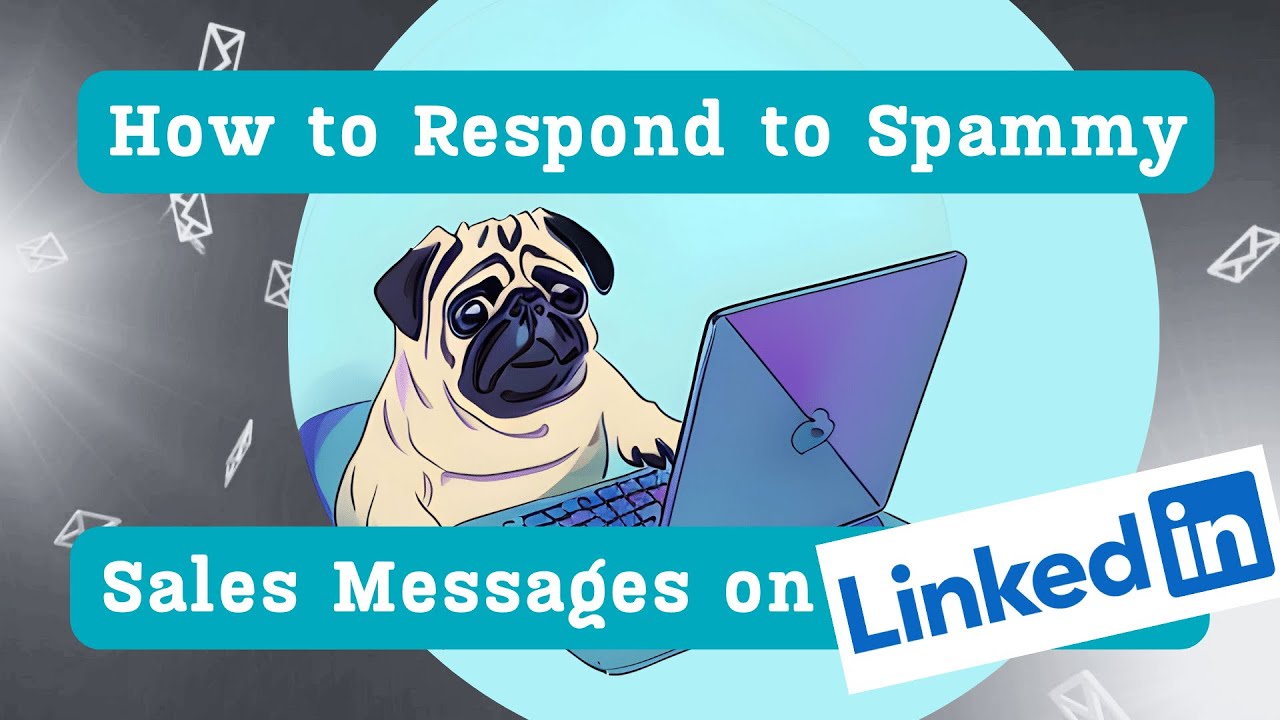Effective communication is a part of practicing curiosity, which consists of three essential elements: self-awareness, relationship building, and clear communication. It’s important to understand that before we can genuinely resonate with others with our communication, we have to first align with our own thoughts and objectives.
To guide this alignment, I’ll introduce five logical structures. Each structure serves a unique purpose in communication, and requires you to really think about the core message you aim to convey. Recognizing the essence of your message allows you to use the most fitting structure for clarity. To illustrate these structures, I will use a scenario involving a fictional software company facing challenges with its product offerings.
1. Cause and Effect
Effective communication starts with understanding the cause and its subsequent effects. It’s about tracing back to the root of an issue and comprehending its implications.
| Logical Structure | Question Addressed | Example | Software Company Scenario |
| Cause and Effect | What’s the root cause, and what are its consequences? | A neglected core software product leads to unrealized revenue potential. | The company hasn’t maximized the profit of its core software product. |
2. Steps in a Sequence
Every situation has a backstory. By breaking down events step by step, we can gain a clearer understanding of how a situation unfolded.
| Logical Structure | Question Addressed | Example | Software Company Scenario |
| Steps in a Sequence | What events led to the current situation? | Sales desires more software features; engineering cites resource constraints; a less profitable product is identified; resources are reallocated. | Sales team wants enhanced features; engineering team flags resource limitations; focus shifts from a low-profit product. |
3. Problem-Solution-Benefit
Every challenge presents an opportunity. By identifying problems and crafting solutions, we can unlock potential benefits.
| Logical Structure | Question Addressed | Example | Software Company Scenario |
| Problem-Solution-Benefit | What’s the challenge, the solution, and the resulting benefits? | Customers seek more software features; an underperforming product is discontinued to free up resources; this leads to enhanced customer retention and increased profits. | Addressing customer demands by reallocating resources, leading to higher customer retention and profitability. |
4. Short Term vs. Long Term
Immediate actions have both present and future implications. It’s essential to weigh the short-term impacts against the long-term outcomes.
| Logical Structure | Question Addressed | Example | Software Company Scenario |
| Short Term vs. Long Term | What are the immediate implications and the future outcomes? | An engineer’s initial productivity dip during transition, followed by a projected 40% profitability boost within a year. | Initial productivity challenges offset by a long-term rise in profitability. |
5. Costs and Rewards
Every decision has its price. By evaluating potential investments against expected returns, we can make informed choices.
| Logical Structure | Question Addressed | Example | Software Company Scenario |
| Costs and Rewards | What are the potential investments and the expected returns? | An engineer’s learning curve with the core product, offset by the potential for maximized company profits. | Investment in training yields potential for significant profit increase. |
As you can see with each of these different logic structures, they each have their own function. That’s why understanding what you’re trying to convey is paramount. These logical structures serve as tools to help you communicate effectively by articulating your thoughts with precision. As you move forward, consider employing these structures in your daily communications, be it in professional settings or personal interactions. They can guide you in presenting information clearly, ensuring your message is both understood and impactful. Clarity in communication is a skill, and with the right tools and practice, it can be mastered.








Leave a Reply